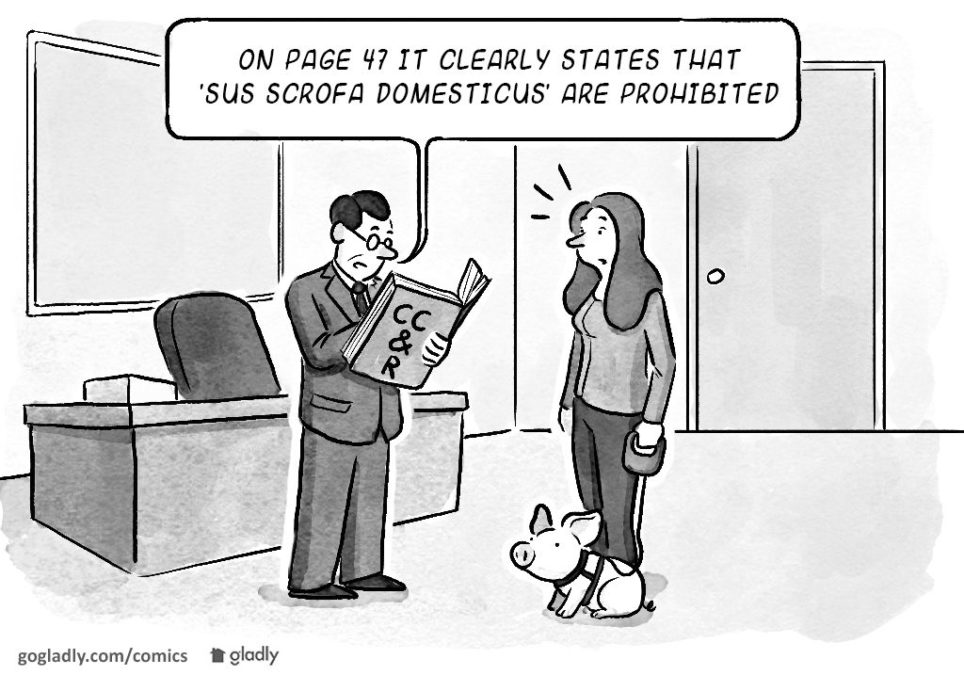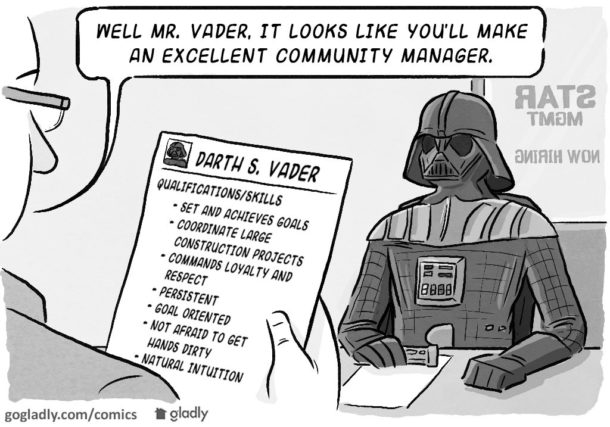One of the most frustrating aspects of association management is the lack of interest by homeowners when it comes to knowing community rules and architectural standards. If you’re a manager or have ever been a board member you’ve probably heard someone in the industry say “Why don’t they read the CC&Rs?” — Heck, you’ve probably said it yourself. This phrase is usually said with a hint of arrogance in a condescending tone — After all, what kind of idiot wouldn’t read the HOA CC&R documents pertaining to their most valuable asset?
Are We Asking Too Much?
Maybe we are expecting too much. After all, when was the last time you read the owner’s manual for your car, or the privacy policy for your Twitter or Facebook account. I’m betting there’s some important stuff in there and yet you’ll probably never read it.
Let’s face it, most homeowners aren’t going to read their CC&Rs and if they do… then what? Much of what they read is subject to interpretations and defining policies. Even community leaders find it challenging to agree on interpretations. You know what I’m talking about — The 2-hour board meeting discussing the nuance of a phrase in the governing document to decide if bed sheets are an acceptable window treatment.
If They Won’t Read Them… Then What?
The fact is, most homeowners rely on community leaders to keep them informed when it comes to the rules. Here are some steps you can take to help keep them in the loop and avoid misunderstandings.
- Communicate Well
Communication is more than just sending out a monthly newsletter. Good communications means distributing information in a variety of ways and then providing resources where owners can contact someone who is friendly and helpful to answer their questions. When homeowners see the manager or board as a helpful resource you have done a good job communicating. - HOA CC&R Summary
Provide a summary of the rules that is clear and to the point. A summary is a great reference guide for homeowner to review common rules. If you can’t summarize a rule into a couple of sentences you may want to re-evaluate the rule or policy. - Be Reasonable
Being reasonable isn’t hard it just requires that you put yourself in someone else’s shoes for a minute. By being helpful and reasonable you will work to educate homeowners rather than frustrate them. - Be Consistent
When rules are not enforced consistently it becomes unclear to members what the rules really are. Consistent and fair enforcement will reduce rule violations over the long run and protect the association from targeting allegations.
Don’t get me wrong — I’m not saying that homeowners shouldn’t read the CC&Rs. In fact, homeowners who take the time to educate themselves on the rules are valuable, and they’re the ones that usually end up leading their community on boards and committees. But next time you find yourself frustrated that they don’t know or understand the rules — Maybe the question you should be asking is: “How can I inform homeowners better?”
- Liar, Liar, Pants on Fire! Handling Misinformation in Your HOA - March 13, 2019
- Setting the Ground Rules for Neighbor Disputes - June 27, 2018
- HOA Board Responsibilities – It’s Not as Difficult as You’re Making It. - April 23, 2018



 Help
Help